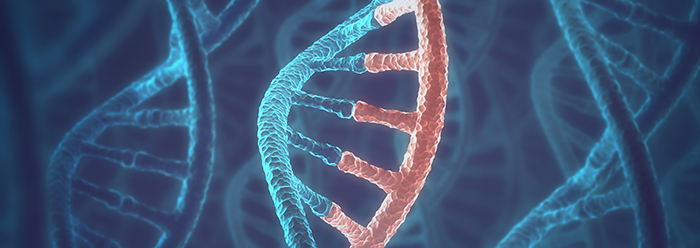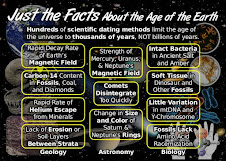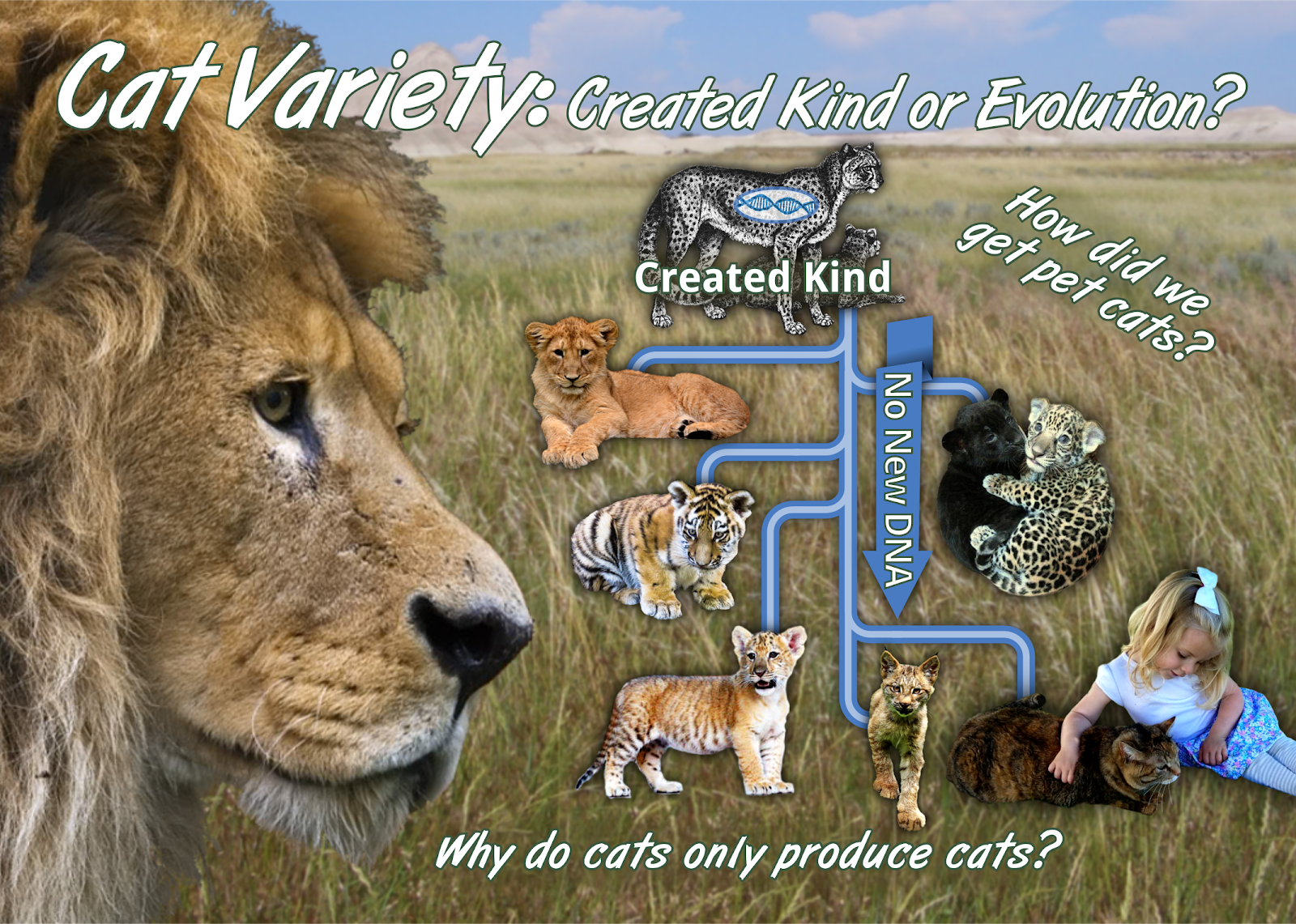This one is about "human evolution" and explains the "evidences" and frauds.
https://www.youtube.com/watch?time_continue=3&v=_DUS3wCnXy0
Tuesday, December 18, 2018
Friday, November 30, 2018
Speaking event in West Bend, WI
If you want to experience New Testament times simply go out and teach God's Word to our
culture. It will happen!
We are commanded to speak the truth in love. That we did Tuesday evening at the speaking event
hosted by What's the Evidence? Some mocked and others said we will hear you again!
I want to thank you all for praying for this event. We saw the Lord working. Here's a short
recap:
We were at the posted capacity of 35, plus the 5 of us from the team. It was a diverse crowd
of Christians, college age, older folks, a current school board member, 3
former school board members, a friend who brought a young Muslim woman, 2 men who seemed to
come just to be disruptive, and the local LGBTQ representation.
Randy did an excellent job laying the foundation of Genesis. He used lots of Scripture about
creation, mankind (male and female) made in God's image, marriage, sin and the fall, the promised
Savior, Noah's flood and Babel. He put some science into the topics, and brought up racism,
Darwinism and Darwin's ideas about women and the "savages", Margaret Sanger, evolution taught
in schools and the icons of evolution and the hope that we can get back to teaching just science in
school. He ended by comparing worldviews, Biblical vs Secular and how each affects how people
live. We experienced that during the Q and A time!
A lot to cover but it was very good!!
Wednesday, November 28, 2018
Yes, humans are fearfully and wonderfully made in God's image.
Unique Human Neuron Discovered
BY BRIAN THOMAS, M.S. * | TUESDAY, NOVEMBER 06, 2018
With a new addition to the category of “uniquely human features,” MIT neuroscientists discovered a feature of human—not animal—brain cells. Certain human brain cells have much longer extensions called dendrites, and this research team found a uniquely human reason for it.
The cerebrum lies just beneath the skull. It has folds and bends. This largest part of the brain manages all kinds of information, and lots of it—even more than the entire internet.1 It interprets sight, sound, temperature, taste, and touch inputs. It initiates muscle movements. It stores and retrieves memories, helps perform reasoning, and stores intelligence and personality. Clearly, it does more than animal brains, but how?
The cerebrum lies just beneath the skull. It has folds and bends. This largest part of the brain manages all kinds of information, and lots of it—even more than the entire internet.1 It interprets sight, sound, temperature, taste, and touch inputs. It initiates muscle movements. It stores and retrieves memories, helps perform reasoning, and stores intelligence and personality. Clearly, it does more than animal brains, but how?
This largest part of the brain manages all kinds of information, and lots of it—even more than the entire internet. 
Just last month a separate team reported the discovery of a whole new class of neuron unique to humans. They called them rosehip cells based on their shapes.2 We don’t yet know what they do, but since they make up 10 percent of our neurons, future research will surely reveal their important function.
Thursday, October 18, 2018
Speaking Event in West Bend Tuesday, November 27th, 2018
This event is being held at, not sponsored or organized by
the West Bend Community Memorial Library or the
City of West Bend.
Saturday, September 22, 2018
Transformed by the Evidence
I have been fascinated by the stories of Christian scientists who once believed in evolution, but were, Transformed by the Evidence.
When I was in high school, and even microbiology in nursing school a few years ago, I learned that DNA was read in one direction. There was no mention of layering or backwards coding. Jay Seegert, a creation speaker, talks about the dynamics of DNA in one DVD.
And in his book Transformed by the Evidence, by Jerry Bergmann Ph.D he includes the account of Tom Hennigan, who is an associate professor of biology at Truett-McConnell College. Mr. Hennigan gives a stunning analogy of DNA complexity.
Let me quote what he wrote regarding the complexity of DNA. He explains that DNA is made up of "multiple instructions embedded within multiple instructions in multiple directions." He goes on to explain, "if you read the book from front to back, you would learn all about building a car. If you read it from back to front, you would learn how to design the electrical circuitry of a house. Starting in the middle and reading forward then backward you could learn a new language or, alternatively, if you began reading in the middle, reading backward, and then forward, you would learn calculus. The complexity is mind boggling and inconsistent with random natural process.
Yes, indeed, "In the beginning, God"....
Addendum:
This book, "Transformed by the Evidence" has been so phenomenal! Men and women are coming to know Christ, or develop a deeper walk with Him because of the evidence leading to belief in a historical Genesis chapters 1-11. This is too good to not share:
By one contributing author, Jonathan Bartlett, "When I believed in an old earth, it meant that most of history was disconnected from the Biblical narrative. Now, when I think of the Paleozoic, I think of the onset of the flood; when I think of the stars, I think of the fourth day of Creation; when I think of the K/T boundary (the geological layer above the dinosaurs with very few fossils), I think about the end of the flood, and Noah releasing the animals to repopulate the earth. Christianity becomes not just one part of my life, and one part of the history of the world, but rather a total truth about the whole history of the earth."
When I was in high school, and even microbiology in nursing school a few years ago, I learned that DNA was read in one direction. There was no mention of layering or backwards coding. Jay Seegert, a creation speaker, talks about the dynamics of DNA in one DVD.
And in his book Transformed by the Evidence, by Jerry Bergmann Ph.D he includes the account of Tom Hennigan, who is an associate professor of biology at Truett-McConnell College. Mr. Hennigan gives a stunning analogy of DNA complexity.
Let me quote what he wrote regarding the complexity of DNA. He explains that DNA is made up of "multiple instructions embedded within multiple instructions in multiple directions." He goes on to explain, "if you read the book from front to back, you would learn all about building a car. If you read it from back to front, you would learn how to design the electrical circuitry of a house. Starting in the middle and reading forward then backward you could learn a new language or, alternatively, if you began reading in the middle, reading backward, and then forward, you would learn calculus. The complexity is mind boggling and inconsistent with random natural process.
Yes, indeed, "In the beginning, God"....
Addendum:
This book, "Transformed by the Evidence" has been so phenomenal! Men and women are coming to know Christ, or develop a deeper walk with Him because of the evidence leading to belief in a historical Genesis chapters 1-11. This is too good to not share:
By one contributing author, Jonathan Bartlett, "When I believed in an old earth, it meant that most of history was disconnected from the Biblical narrative. Now, when I think of the Paleozoic, I think of the onset of the flood; when I think of the stars, I think of the fourth day of Creation; when I think of the K/T boundary (the geological layer above the dinosaurs with very few fossils), I think about the end of the flood, and Noah releasing the animals to repopulate the earth. Christianity becomes not just one part of my life, and one part of the history of the world, but rather a total truth about the whole history of the earth."
Friday, September 21, 2018
The Case from Science by Jay Seegert
Jay Seegert of Starting Point Ministries is hosting a Seminar at Hales Corners Lutheran Church.
Mr. Jay Seegert
DATE: September 27, 2018
TIME: 6:30 p.m. - 8:00 p.m.
LOCATION:
Hales Corners Lutheran Church
12300 W. Janesville Road
Hales Corners, WI 53130
SEMINAR TOPIC: The Case from Science
Examining Creation vs. Evolution
Origin of the Universe
Origin of Life
Origin of Species
Origin of Design
TIME: 6:30 p.m. - 8:00 p.m.
LOCATION:
Hales Corners Lutheran Church
12300 W. Janesville Road
Hales Corners, WI 53130
SEMINAR TOPIC: The Case from Science
Examining Creation vs. Evolution
Origin of the Universe
Origin of Life
Origin of Species
Origin of Design
Enjoy some pictures from the summer fairs
 |
| Krista loved answering questions as kids spun the wheel. |
 |
| Dad and son look in the microscope and discover complexity in nature that can only be explained by: 'In the beginning, God..." |
 |
| Isaac and Crystal talking to folks and giving out resources |
 |
| Final evening of State Fair. People kept coming and coming... |
 |
| Some folks just want to look from afar. It might be the first authoritative statement about Biblical Creation they have encountered. |
 |
| "My muscles are strong enough to squish a penny". Did she chose the penny with Noah's Ark that states: "Noah's Ark, salvation from the judgement of the flood; Jesus Christ, salvation from our sin."? |
 |
| Yes, the Biblical Flood explains the sedimentary layers and the formation of petrified wood. |
 |
| Yes, those sedimentary layers were laid down during The Flood! |
 |
| Randy talking to some young women. |
 |
| Sheboygan County Fair. It's the best booth at the fair! |
 |
| Pastor Richard loves to talk to kids about dinosaurs and the Bible....and Jesus! |
Wednesday, August 1, 2018
Thursday, July 5, 2018
New Friends in the Booth
Check out our newest display for the What's the Evidence? fairbooth. We plan to highlight the differences between man and animal and emphasis that man was created in God's image with very unique design and capabilities. Because man was created in God's image he has the responsibility to serve his Creator. Yet, God gives us a choice about who we will serve. We hope you choose Him!
It's been a lot of fun learning about this. Come visit us and learn, too.
The video below discusses the uniqueness of man:
https://www.youtube.com/watch?v=2MvJbwA9SZQ
It's been a lot of fun learning about this. Come visit us and learn, too.
The video below discusses the uniqueness of man:
https://www.youtube.com/watch?v=2MvJbwA9SZQ
That's a Fact
There are several topics folks get confused about when it comes to "evidence" for evolution.
ICR (Institute for Creation Research) has put out some short (under two minutes), very informative videos. Topics include: Human Evolution, Climate Change, Junk DNA, Noah's Flood, Whale Evolution, the Big Bang, Population Growth, Carbon-14 Dating, Dinosaur Tracks, Cell origin and MORE.
Check this out:
http://www.icr.org/thatsafact
ICR (Institute for Creation Research) has put out some short (under two minutes), very informative videos. Topics include: Human Evolution, Climate Change, Junk DNA, Noah's Flood, Whale Evolution, the Big Bang, Population Growth, Carbon-14 Dating, Dinosaur Tracks, Cell origin and MORE.
Check this out:
http://www.icr.org/thatsafact
Wednesday, June 6, 2018
Summer 2018 Fairs
Dane County Fair
July 19-22
Waukesha County Fair
July 18-22
Wisconsin State Fair
August 2-12
Sheboygan County Fair
Labor Day Weekend
August 30-Sept. 3
July 19-22
Waukesha County Fair
July 18-22
Wisconsin State Fair
August 2-12
Sheboygan County Fair
Labor Day Weekend
August 30-Sept. 3
Monday, May 21, 2018
Wednesday, March 7, 2018
Schism in Evolutionary Theory Opens Creationist Opportunity
from ICR.org
Evolutionary biology is experiencing its most serious division over the structure of evolutionary theory since the development of the Modern Synthesis nearly 100 years ago. Last November, Great Britain’s prestigious Royal Society (The Royal Society of London for Improving Natural Knowledge) held a conference to deliberate if evolutionary theory needs to be “extended” or even renovated to accommodate fresh ideas from new discoveries. The article Schism and Synthesis at the Royal Society in the current issue of Trends in Ecology & Evolution by a conference organizer explains why “the discussion witnessed little meeting of minds.”1
The vital importance of this conference was framed in the science journal Nature in a point-counterpoint-style article, “Does evolutionary theory need a rethink?”2 They note that “researchers are divided over what processes should be considered fundamental.” A division over basic processes at the core of any theory suggests that the theory is incomplete, based on misleading research, or broken.
One researcher advocating for a major revision in evolutionary theory (modestly labeled the Extended Evolutionary Synthesis, or EES) is Kevin Laland of the University of St. Andrews. He said that “the data supporting our position gets stronger every day. Yet the mere mention of the EES often evokes an emotional, even hostile, reaction among evolutionary biologists. Too often, vital discussions descend into acrimony, with accusations of muddle or misrepresentation.”2 The bitterness, per Laland, is generated since “this is no storm in an academic tearoom, it is a struggle for the very soul of the discipline.”
*Dr. Guliuzza is ICR’s National Representative. He earned his M.D. from the University of Minnesota, his Master of Public Health from Harvard University, and served in the U.S. Air Force as 28th Bomb Wing Flight Surgeon and Chief of Aerospace Medicine. Dr. Guliuzza is also a registered Professional Engineer.
Image Credit: Copyright © 2017 The Royal Society. Adapted for use in accordance with federal copyright (fair use doctrine) law. Usage by ICR does not imply endorsement of copyright holder.
Article posted on May 18, 2017.
Saturday, February 17, 2018
Digging Past the Doubts
Today most archaeologists claim that no evidence supports the Bible’s claims about many Old Testament events. There is a problem, but it’s not with the evidence.
Have you ever tried to share your faith and heard these ominous words? “But archaeology has disproved the Bible!” If you haven’t, it’s coming soon. As our Western culture increasingly abandons all semblance of Christianity, more and more people think the Bible is just a bunch of myths.
Perhaps you’ve been taught to respond confidently: “Recent discoveries have forced archaeologists to admit the reliability of Old Testament history.” But the answer is much more complicated than that. In fact, most experts are now saying just the opposite. They’ve been looking very hard for evidence of biblical events, but nothing has turned up, they say.
So if you don’t know how to respond to these questions, your gospel presentation could effectively end right there. Answers really do matter.
The short answer is encouraging. Archaeologists have found evidence that supports the Bible, but many times the evidence is ignored because of preconceptions about the Bible’s historicity, or their dates or places are wrong for the biblical events. The longer answer is even more exciting. Any supposed contradictions turn out to be human errors, not Bible errors. Consider five of the most common examples.
Tuesday, January 16, 2018
RNA Miracle

http://www.icr.org/article/10444
'RNA World' Paper Retracted
by Jeffrey P. Tomkins, Ph.D. *
Evidence for Creation › Evidence from Science › Evidence from the Life Sciences › All Life Systems Were Created by God › DNA Was Created as a Reservoir for the Information of Life
The whole concept of how life originated is an insurmountable naturalistic hurdle. Life requires DNA, RNA, and protein in an interdependent triad in which each molecule is wholly dependent on the other two to exist. It’s worse than a chicken and egg scenario. Furthermore, since each type of molecule carries and conveys complex encoded information, an intelligent information provider is the only logical cause of this information source. Code implies a coder.
Shortly after the largely unfruitful origin of life research on amino acids by Miller and Urey in the 1950s,1scientist Alex Rich speculated in 1962 that RNA may have been the first biomolecule to spontaneously evolve. That first RNA biomolecule would possibly have both informational and enzymatic properties, thus omitting the original necessity of DNA and proteins.2 This idea slowly gained traction and eventually became more popular in the 1980s with discoveries that some types of RNA were involved in enzymatic-like reactions in the complex processing of RNA transcribed from genes. One of the main researchers in these discoveries was Scott Gilbert who coined the term “RNA World.”3
Since the late 1980s, researchers explored many aspects of the evolutionary possibilities related to RNA being the first biomolecule, but have found nothing but obstacles including no method of spontaneously forming RNA or its nucleotide building blocks. In fact, a secular scientist published a 2012 paper expressing this great frustration titled, “The RNA world hypothesis: the worst theory of the early evolution of life (except for all the others).”4
*Dr. Jeffrey Tomkins is Director of Life Sciences and earned his Ph.D. in genetics from Clemson University.
Article posted on January 15, 2017.
Subscribe to:
Posts (Atom)















